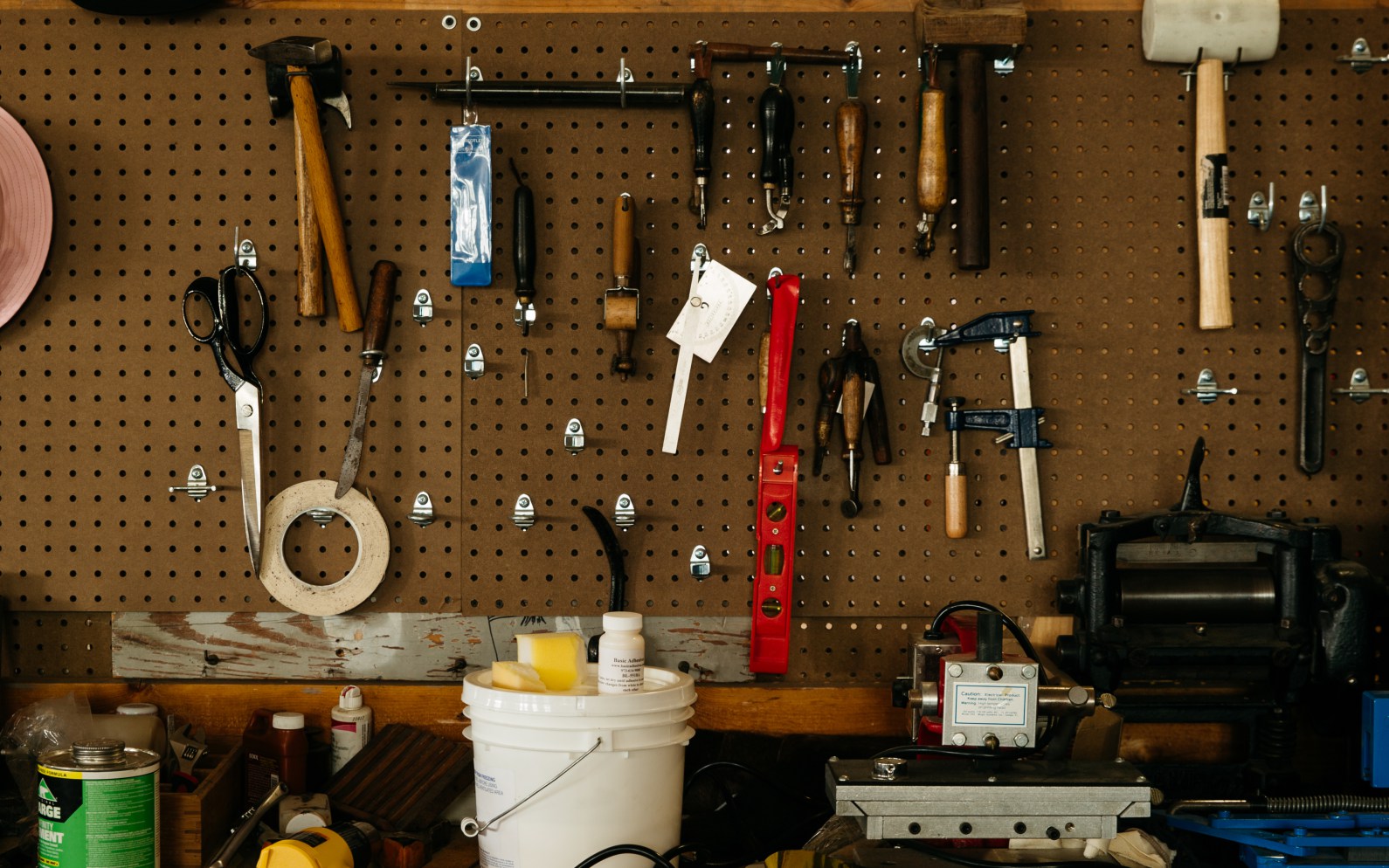
Many Biondo Group clients have in-house design departments, or, at the very least a hands-on designer. These creative professionals often have a wide range of responsibilities: from web design and maintenance, developing collateral and trade materials, packaging design to branding. It’s tough to be a master of more than one or two of these areas of specialty, and its not too long until even a seasoned designer bumps against the limits of their experience and ability.
Design for business has gotten wide, very wide. No longer simply graphic and appearance driven, design affects and drives the interactions of every single brand and product touch point. Design is multi-sensory, multichannel and environmental, its: digital, print, product, visual, tactile, etc. It’s almost as if design has no boundaries, and so it is nearly impossible for a designer to be facile in all aspects of “design in business”.
So what happens when help is needed for a specific project or challenge that is outside the scope of “in-house” expertise – something as specific as “Packaging Design”? Generally, help is sought from the outside world of freelancers and single lane specialists. And this is often where things go awry. In many instances the selection of an outside design consultant falls to the Marketing or Product group to accomplish and not an in-house Creative Group or Designer. Unless the in-house group is directly involved in a project they usually have nothing to do with any part of it, including selection of a creative resource.
That’s a lost opportunity and a possible setup for disappointment for the Marketing group. What’s the lost opportunity you might ask? Well, not having the in-house designer/ creative team in on the selection and vetting process for a creative resource or design firm is an opportunity lost. It is almost certain that a designer can contribute to, and improve an SOW that an outside firm is responding to.
Think on it, who better to assess and critique the work of a designer, who better to prepare them for success, than a fellow designer?
An in-house designer will be interested in learning about process, team composition, deliverables, dates, milestones, methods of presentation and core expertise – all of which are important to get a true read of what working day to day with a design firm will be like.
So our advice is, if you have them, to involve your in-house designer(s) in the selection of a creative resource, they bring a lot to a project, as well as the relationship you will have with your outside design partners.
